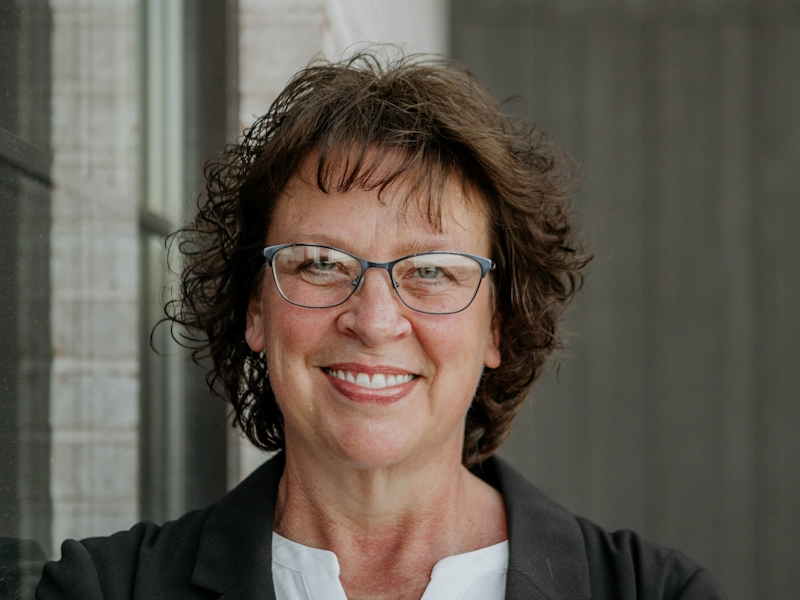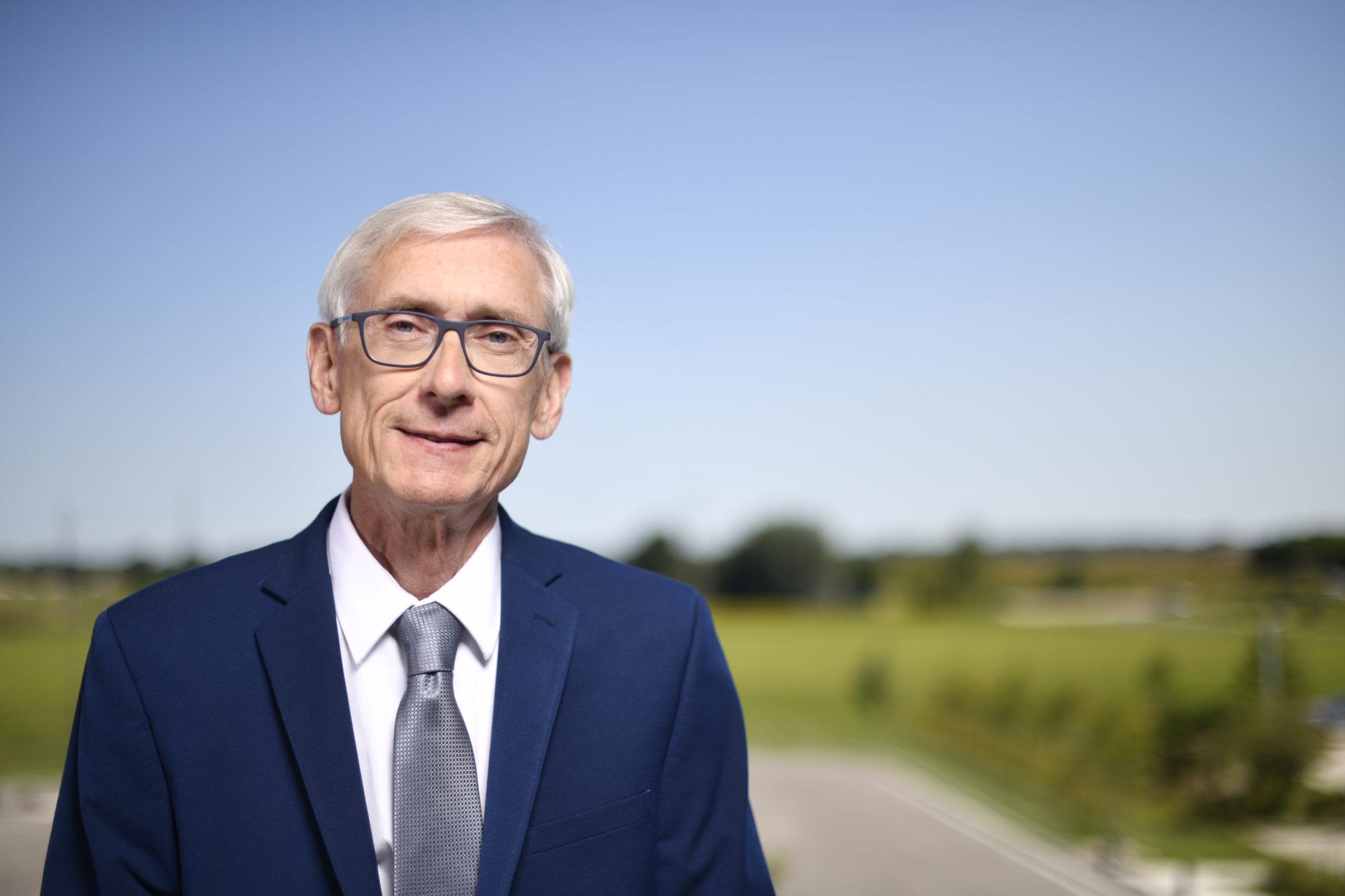Gov. Evers’ Workforce Innovation Program Helping Bolster Wisconsin’s Education Workforce
GROW school districts using governor’s investment to recruit teachers in high-need areas
MAZOMANIE — Gov. Tony Evers today, together with Wisconsin Economic Development Corporation (WEDC) Secretary and CEO Missy Hughes and Wisconsin Department of Workforce Development (DWD) Secretary-designee Amy Pechacek, visited the Wisconsin Heights School District to meet some of the first GROW scholarship winners and hear how the effort is beginning to identify prospective teachers in high school and offer them education classes and classroom mentoring opportunities before graduation. The unique scholarship and training program was designed to help build the next generation of highly qualified rural teachers with new, additional investments thanks to Gov. Evers’ Workforce Innovation Grant program.
The news today comes as, over the last two weeks, Gov. Evers has been visiting classrooms and schools across Wisconsin as part of a back-to-school tour, joining kids, families, educators, and staff in kicking off the new school year. As part of the tour, Gov. Evers announced a $90 million investment into K-12 education, including $75 million to help districts across Wisconsin meet staffing needs to keep class sizes small and provide other direct classroom support. Gov. Evers last week also announced key priorities for his 2023-25 biennial budget, which includes efforts to support Wisconsin’s education workforce and address staffing challenges across the state.
The GROW school districts, which include Cambridge, Lodi, Sauk Prairie, and Wisconsin Heights, are using a Workforce Innovation Grant of up to $264,000 to create a pipeline of highly qualified teachers who want to work in their rural districts, which can have difficulty competing for scarce candidates lured to suburban jobs by higher pay. This summer, the GROW districts awarded five $10,000 scholarships to college seniors who intend to graduate with education degrees in December 2022 or May 2023. In exchange for the scholarship, the students agree to be interviewed at a participating district and if offered a position, teach in the district for three years.
“Teachers are really our state’s first economic developers,” said WEDC Secretary and CEO Hughes. “Their work is key to preparing the next generation with the skills needed to succeed in tomorrow’s economy. Training and retaining the best teachers for both rural and urban schools is necessary to building an economy that works for everyone.”
“This is just the first step in building the teacher pipeline,” said Wisconsin Heights School District Administrator Jordan Sinz. In the past, Sinz said the district might have received 25 to 30 applications for an open position. Today, the district might get three or four.
“What we’re seeing is that the pool just gets more and more shallow,” he said. “There are a number of rural districts in the state of Wisconsin that just can’t fill positions. You end up just kind of outbid for the next teacher.”
Sinz points to research that shows that teachers who are attracted to rural districts and who stay there often went to a rural school district themselves, which is why the GROW effort is focusing mainly on students graduating from the participating districts.
Over the next two years, the GROW effort will expand to offer additional scholarships and training opportunities. Eventually, each district will offer a $1,000 scholarship to one of their high school seniors intending to pursue an education degree. Ten alumni will be offered $2,000 scholarships to help with their general education credits. Seven alumni would then be offered $10,000 scholarships when they enter schools of education.
The GROW districts are working with the University of Wisconsin-Whitewater to set up college-level education courses that would be available in the districts. Students would be able to earn up to 12 education credits while still in school.
The final piece of the program involves creating job shadow or mentoring experiences that allow prospective teachers to gain real-world experience in the classroom before they go to college.
Wisconsin Heights has been informally offering these experiences with 19 students working in classrooms this year, Sinz said.
Third-grade teacher Cora Gullickson has been teaching in the Wisconsin Heights School District for 29 years and currently has two students working in her classroom. She also mentored a student last year.
“The more help you can get in the classroom, the better for your kids,” Gullickson said. “Everybody wants a high school student. As the year went on, she and I would tag team teaching lessons. It was great to see her evolve.”
That student wasn’t the first Gullickson inspired to take up the career. Her daughter, Eliza Gullickson, is a senior education major at the University of Wisconsin-Oshkosh and one of the first five recipients of the GROW scholarship.
A Wisconsin Heights graduate, Eliza Gullickson is hoping to be able to return to her school district as a teacher. “It would be the best way to give back,” she said. “It could be a little confusing because there would be two Ms. Gullicksons, but I just want to make my mom proud.”
The first round of Workforce Innovation Grants were announced in December 2021 when the governor announced 12 regional projects would receive up to $59.5 million in grants. Last summer, Gov. Evers announced a groundbreaking $130 million investment in workforce solutions across the state. The second round of Workforce Innovation Grants brings that total investment to more than $150 million, including:
- More than $128 million for the Workforce Innovation Grant Program to encourage regions and communities to develop leading-edge, long-term solutions to the workforce challenges the state faces in the wake of COVID-19;
- $20 million toward the Worker Advancement Initiative, which offers subsidized employment and skills training opportunities with local employers to unemployed individuals; and
- $10 million for a Worker Connection Program, which provides workforce career coaches who will connect with individuals attempting to reengage in the workforce post-pandemic.
An online version of this release is available here.
NOTE: This press release was submitted to Urban Milwaukee and was not written by an Urban Milwaukee writer. While it is believed to be reliable, Urban Milwaukee does not guarantee its accuracy or completeness.





















